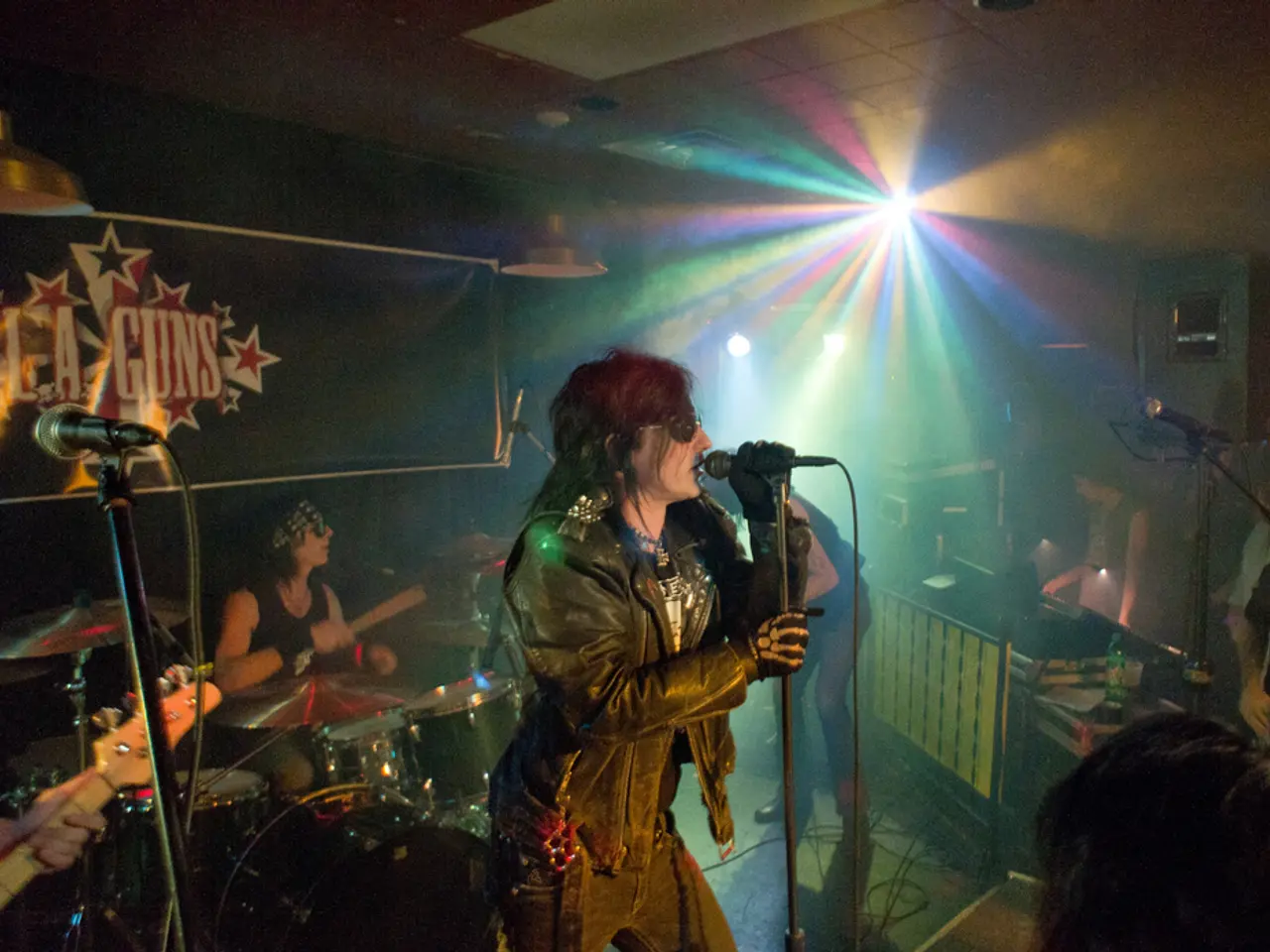A call for radical change and upheaval
R&B Music in South Africa During Apartheid: A Beacon of Resistance and Empowerment
During the apartheid era, R&B music played a pivotal role in South Africa, serving as a crucial cultural channel that connected young people to global Black identity and resistance movements. This music, often considered a form of resistance, shaped the political and cultural consciousness of many individuals, including Valmont Layne, by offering an alternative to the state-controlled media and apartheid ideology.
In a time when radio and media were racially segregated and heavily censored, R&B and related Black musical forms were limited in their availability. The state controlled what was played on the radio, and accessing music from outside was desirable. However, people found ways to share R&B music through informal networks, and there was one radio program that played Black music from America.
For Valmont Layne, R&B music during his teenage years was more than just a soundtrack for dancing and meeting girls. It represented a desirable cachet and coolness. He grew up under apartheid in South Africa, and while the music he listened to was not encouraged, it was not banned. R&B's themes of struggle, love, and freedom provided a soundtrack that emboldened young activists and cultural participants to question and oppose the regime.
Valmont Layne listened to a variety of music during his teenage years, including disco, Robbie Jansen, Pacific Express, The Drive, Margaret Singana, Brenda Fassie, Earth Wind & Fire, Bob Marley, The Whispers, and Linton Kwesi Johnson. Among these, Linton Kwesi Johnson, a British artist, was particularly significant to Valmont Layne due to his political music. Finding R&B records was considered a precious find.
While R&B, on its surface, may not seem political to some, it brought in influences from the U.S. civil rights movement and global Black culture, which resonated with South African youth living under oppression. Musicians and fans found in the rhythms and messages of R&B a way to affirm their identity and express dissent in a society that marginalized non-white voices.
Prominent South African artists like Jonathan Butler drew inspiration from both local and international Black musical traditions to articulate their experiences and aspirations. The power of R&B and other Black music genres in South Africa extended beyond entertainment; it helped forge cultural and political consciousness. This cultural influence extended into the post-apartheid era where its legacy continues in new forms inspired by earlier struggles.
In summary, R&B music was significant in South Africa during apartheid because it linked young people to global Black resistance culture, nurtured their political and cultural awareness, and inspired identity and resilience amid systematic oppression. It shaped the consciousness of youth like Valmont Layne by offering a music-driven space for expression, solidarity, and hope beyond apartheid control. This cultural influence extended into the post-apartheid era where its legacy continues in new forms inspired by earlier struggles.
- Beyond entertainment, R&B music during apartheid in South Africa served as a crucial avenue for young people to connect with global Black resistance movements and cultivate their political consciousness.
- Amid heavily censored radio and media during apartheid, accessing R&B music from outside was highly desirable, and listening to Linton Kwesi Johnson, a British artist known for his political music, was particularly significant for individuals like Valmont Layne.








